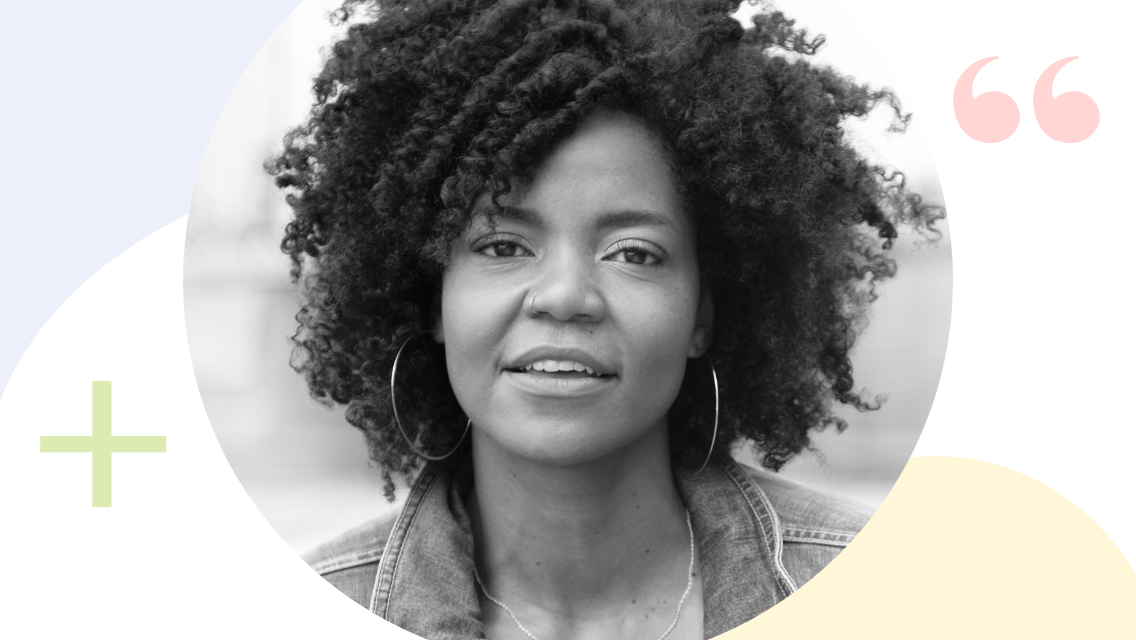Since 1976, every U.S. president has recognized February as Black History Month. Its roots, however, go back to the founding of Negro History Week in 1926, established by Harvard historian Carter G. Woodson and minister Jesse E. Moorland. They chose the second week of February to coincide with the birthdays of Abraham Lincoln and former slave, writer, orator, and abolitionist Frederick Douglass. The United Kingdom and Canada also observe the history of African descendants during the month of February, since 1987 and 1995, respectively.
Woodson’s hope, according to the National Association for the Advancement of Colored People (NAACP), was that someday, Black history would be integral to all schoolchildren’s education and a special designation would no longer be needed. But as recently as 2014, the Southern Poverty Law Center found that 20 of 50 U.S. states were failing in their civil-rights curriculum.
The events of the past year and the subsequent growing awareness of social injustice was the first time many people learned about of the importance of Juneteenth, when, on June 19, 1865, Union soldiers informed the last enslaved peoples that the Civil War had ended. They were now free — two and a half years after Lincoln signed the Emancipation Proclamation.
Given both the progress and gaps in equality, Black History Month also stirs challenging emotions. Remembering a painful past for our ancestors while reconciling current struggles can lead to frustration, overwhelm, and exhaustion. These feelings are exacerbated by a pandemic and social upheaval. Results from both the Centers for Disease Control and Prevention’s and Mental Health America’s 2020 surveys on adult mental health show that Black and brown adults had a significantly higher increase in psychological distress than their white peers.
Finding ways to honor Black History Month can be both about building knowledge and celebrating culture. Consider these ideas for supporting yourself and your Black friends — and gaining better awareness.
Understand Black history. Many stories have long been excluded from history books and educational curriculum — including depictions of slavery, Juneteenth and the Tulsa race massacre. While new models are now being shared with schoolchildren, finding educators with expertise in Black history and African-American studies is key to filling in gaps in knowledge. Look to your local public library or university and Black-owned bookstores for reference material.
Connect with the Black elders in your community. Storytelling is central to all humanity, and hearing from our elders builds trust and social connection, and can keep seniors healthy.
Speak less and listen more — and do so with intention and compassion. Find tips for active listening here.
Appreciate, don’t appropriate. Listening to drumming circles and cooking up soul food, like these modern takes on Afro-Caribbean and Southern cuisine from Chef Bryant Terry, are culturally appreciative if you are not Black. Wearing a dashiki as a white person, on the other hand, is appropriation.
Learn about lesser-known Black leaders, innovators, and educators. You know about Douglass, MLK, Rosa Parks, and Sojourner Truth. How about Ruby Bridges, Mae C. Jemison, James Forten, or Mary Fields?
Buy from Black-owned businesses. That includes self-care products, clothing, home goods, and more. Purchase locally whenever possible and find more online via hubs like Shoppe Black.
Speak up against racism. Emmanuel Acho, former NFL player and commentator, and now author of Uncomfortable Conversations With a Black Man, recently said in an interview that being “non-racist is still tolerating racism but not volunteering yourself as a racist. Being anti-racist is speaking out against racism whenever you see it.” Find more ways to practice anti-racism here, and learn why it matters for health.
Donate to nonprofits and organizations focused on equity work, supporting the Black community and racial justice such as the NAACP, Black Lives Matter, Race Forward, and the Equal Justice Initiative.
Attend a webinar. The pandemic has created an abundance of opportunities to virtually go back to school and hear from radical thinkers like professor and author Ibram X. Kendi.
Podcast and go. Before your next walk on the trails or treadmill, download podcasts like The 1619 Project from the New York Times or Code Switch from NPR. Or search online for great interracial interviews from Unlocking Us host Brené Brown’s conversations with authors and activists like Austin Channing Brown and Sonya Renee Taylor.
Sign petitions to support racial-justice movements. Browse, create, sign up, and track a list of petitions by topic at Change.org.
Connect to the land. Discrimination and restriction to ownership of land meant several lost generations of Black farmers, but renewed activism and awareness has enlivened the newest crop of eco-aware Black farmers practicing organic and sustainable farming methods introduced by Dr. George Washington Carver. (Read more in “The Audacity to Farm.”)
Growth
Expand your media library with Black artists, musicians, and filmmakers. Find a media resource guide here.
Subscribe to the Black press locally or nationally. In addition to resources and a catalogue of books, the African American Literature Book Club also provides a list and links to independent Black-owned newspapers in the United States.
Mentor students and student-athletes or donate to charitable causes that help underserved communities in healthy pursuits or the fitness industry, such as Beyond Sports, Life Time’s newest partner in the Chicagoland area.
Diversify your social-media feed. Seek ideas and influencers from your interest area in a wide spectrum of color, background, body size, abilities, gender identity, and lifestyle to gain new perspectives.
Wear your hair naturally. Non-Black individuals can learn more about the historical and emotional impact of Black women’s hair in Nappily Ever After, Good Hair, and Natural Hair: The Movie.
Join or organize group discussions with your friends, family, or colleagues. Think book clubs, movie-review groups, or online forums in which everyone agrees to civility and honesty.
Trace your family history. Distance relatives can be found through website such as Ancestry.com, and DNA testing kits like 23andMe can even help identify original familial region and tribal locations in Africa.
Join a Black professionals organization. Non-Black individuals can also donate financial contributions to support the advancement of Black youth in their career path.
Teach the children in your life about race and how they can be inclusive. Books like All Are Welcome and A Kids Book About Racism can provide guidance. Several librarians have also curated books by age groups; PBS offers these resources.
Recognize generational trauma from racism and how movement therapy can provide hope. Resmaa Menakem’s book My Grandmother’s Hands covers the topic; the psychotherapist and trauma specialist offers exercises for healing, has spoken widely on the subject, and offers a free e-course on racialized trauma at the Cultural Somatics Training Institute.
Visit a Black history or civil rights organization or museum exhibit, in person or virtually, in your area. The National Museum of African American History & Culture at the Smithsonian has several collections online for virtual tours and learning.




This Post Has 2 Comments
Thank you for the links included in your article. Looking forward to learning more of Black History.
I wanted to express my gratitude and say that it warmed my heart as a non-Black POC to see the thoughtful detail put into this article. I love that most of the ways to support go above and beyond the typical “donate” suggestions — these suggestions are endorsed/created by Black educators and activists and are creative! I also really appreciate the simplicity of language used here as well — the authors of this article, without fear, very clearly stated what’s appreciation and what’s appropriation and to listen more than we speak. It’s really nice to see. Kudos to the authors for their integrity and I hope this article left others hopeful as well.